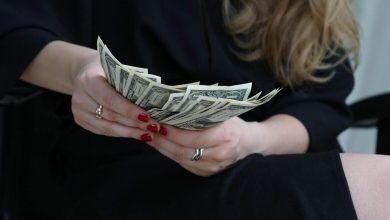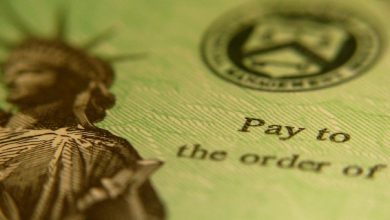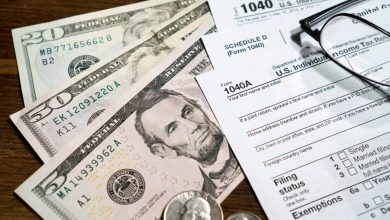Jerome Powell Signals Further Rate Cuts Amid Rising Job Market Risks and Economic Uncertainty
The Federal Reserve Chair warns of growing employment concerns, defends pandemic-era bond purchases, and hints at halting balance sheet reduction as markets brace for additional rate cuts.
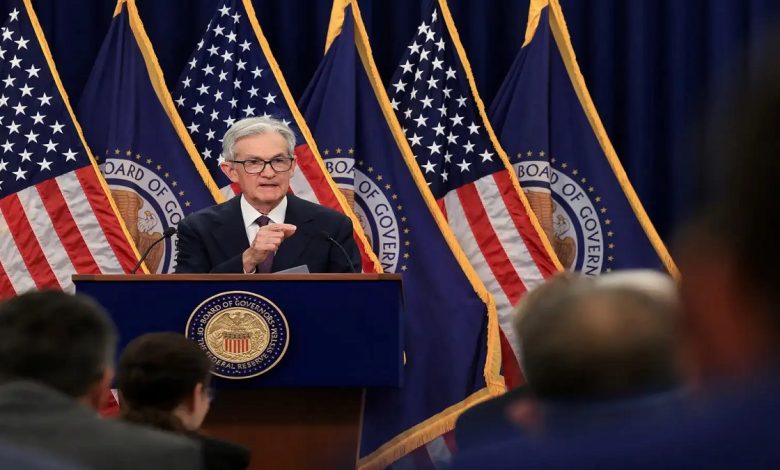
Federal Reserve Chair Jerome Powell warned Tuesday that a sharp slowdown in job growth poses an increasing threat to the U.S. economy, signaling that the central bank is likely to cut interest rates two more times this year.
Speaking in Philadelphia, Powell acknowledged that while the federal government shutdown has disrupted official economic data, “the outlook for employment and inflation hasn’t changed much since our September meeting,” when the Fed reduced its benchmark rate for the first time this year.
At that meeting, Fed officials projected two additional rate cuts in 2025 and one more in 2026. Such cuts would lower borrowing costs for mortgages, car loans, and business financing — a relief amid ongoing economic headwinds.
Powell Signals Further Rate Cuts as Fed Shifts Focus Toward Job Market Risks
Powell emphasized that the Fed’s concern about labor market weakness now outweighs its other congressional mandate of maintaining price stability. Although tariffs have pushed the Fed’s preferred inflation gauge to 2.9%, he noted that beyond tariff effects, there are “no broad inflationary pressures keeping prices high.”
“The increased downside risks to employment have changed our assessment of the balance of risks,” Powell stated.
Economists said Powell’s comments reinforced expectations for more rate cuts, likely starting at the next policy meeting on October 28–29.
“While there was little doubt that the Fed would ease policy again soon, today’s remarks strongly confirmed that expectation,” said Michael Feroli, chief U.S. economist at J.P. Morgan Chase.
Powell also hinted that the central bank may soon stop shrinking its $6.6 trillion balance sheet, which it has been reducing by allowing roughly $40 billion in Treasury and mortgage-backed securities to mature each month without replacement. “We may reach that point in the coming months,” he said — a move that could further ease borrowing costs.
Economists at BMO Capital Markets noted that Treasury yields dipped slightly after Powell’s remarks.
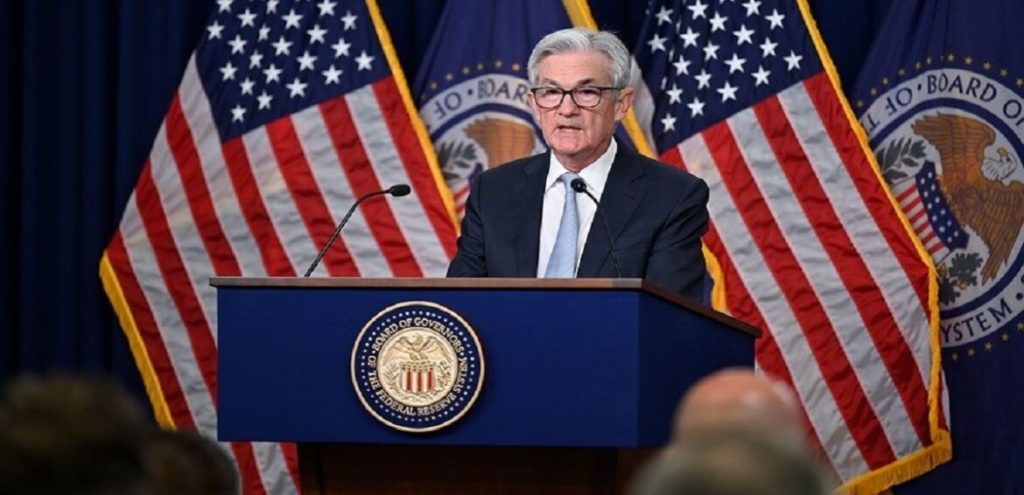
Defending Pandemic-Era Bond Purchases
Powell dedicated a large part of his speech to defending the Fed’s decision to buy long-term Treasuries and mortgage-backed securities in 2020–2021 to stabilize the economy during the pandemic.
However, the policy has drawn heavy criticism — notably from Treasury Secretary Scott Bissont and several Trump administration nominees reportedly being considered to replace Powell when his term ends in May.
Bissont argued earlier this year that the massive bond purchases deepened inequality by inflating stock markets without clear benefits to the broader economy. Other critics said the Fed kept buying bonds too long, holding interest rates low even as inflation surged in late 2021.
Powell conceded some hindsight regrets:“With the benefit of hindsight, we could — and probably should — have stopped asset purchases earlier. Our decisions at the time aimed to protect against downside risks,” he said.
Still, he added that an earlier exit would likely not have prevented the COVID-era inflation spike, noting: “Stopping sooner might have made some difference, but not enough to fundamentally alter the economic path.”
Powell emphasized that the bond purchases were crucial to prevent a Treasury market collapse, which could have caused interest rates to surge dramatically.
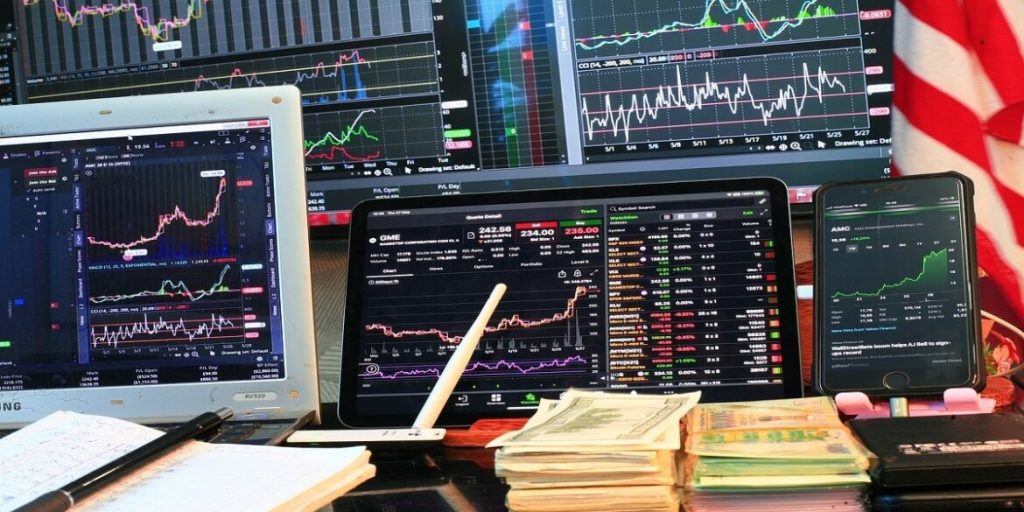
Senate Debate on Reserve Interest Payments
Powell also addressed a bipartisan effort in the U.S. Senate to bar the Fed from paying interest on bank reserves, a key monetary policy tool. The proposal was rejected 83–14 last week but gained rare bipartisan backing from senators such as Rand Paul, Ted Cruz, and Elizabeth Warren.
Powell warned that removing this authority would cripple the Fed’s ability to control interest rates and manage inflation. “Without the ability to pay interest on reserves,” he said, “the Federal Reserve would lose control of monetary policy.”
The Fed raises short-term interest rates to curb borrowing and inflation and lowers them to stimulate growth and employment — a delicate balance Powell is now trying to maintain amid growing economic uncertainty.

